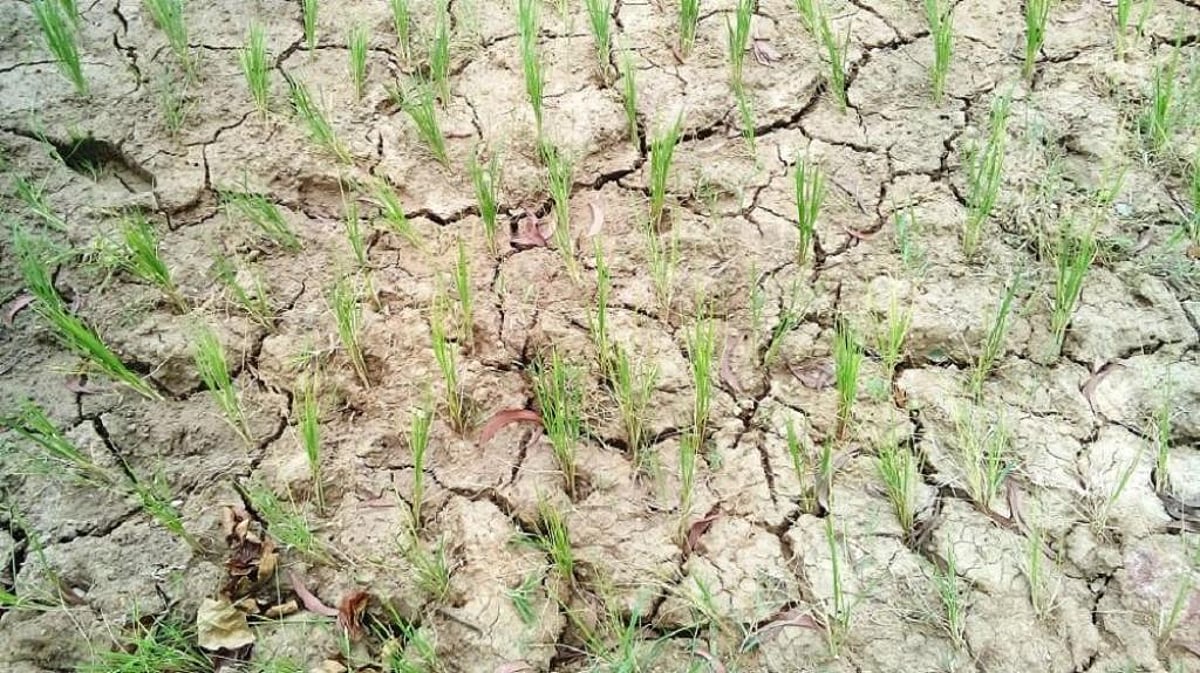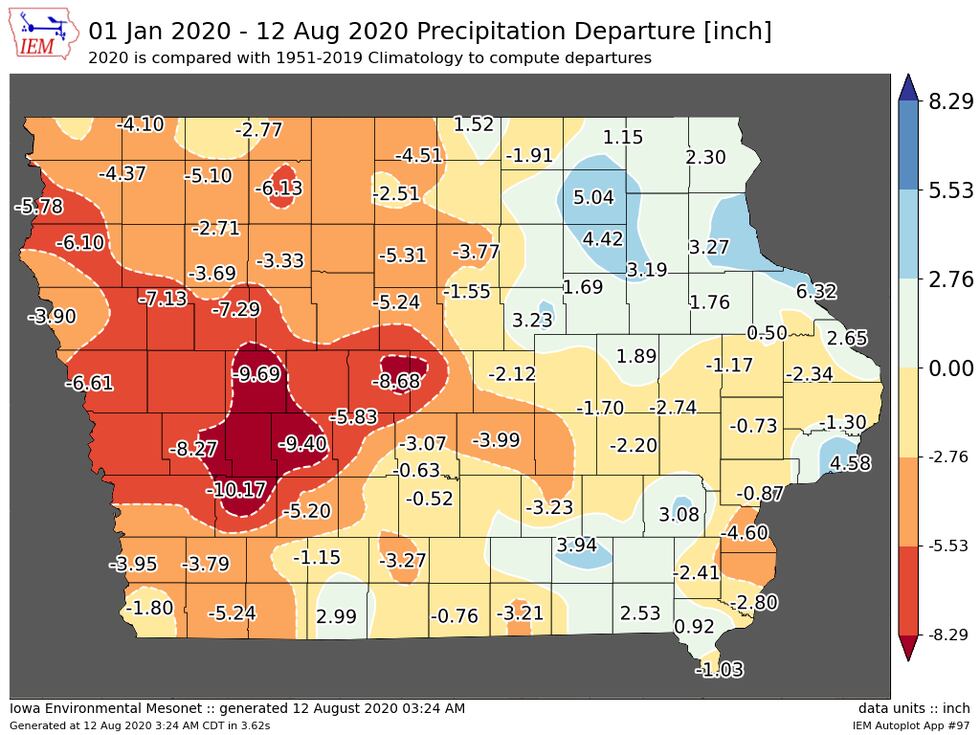Sustainable Solutions For Urban Heat: Advanced Materials For Indian Cities

Table of Contents
Cool Roofs: Reflecting Heat Away
Cool roofs, designed to reflect sunlight and radiate heat away from buildings, are a crucial component of urban heat mitigation strategies. Their effectiveness stems from their high solar reflectance and thermal emittance properties. Several types of cool roof materials offer viable solutions:
-
Highly Reflective Paints: Applying white or light-colored paints with high albedo (reflectivity) significantly reduces the amount of solar radiation absorbed by the roof surface. This simple yet effective technique can dramatically lower roof temperatures and reduce the heat transferred into the building. Many readily available paints in India now offer high solar reflectance index (SRI) values.
-
Radiant Barrier Coatings: These coatings, often made of aluminum foil or other reflective materials, reflect infrared radiation back into the atmosphere, preventing heat absorption. They are particularly effective in reducing radiant heat transfer, providing additional cooling benefits.
-
Green Roofs (Extensive and Intensive): Green roofs, featuring vegetation grown on top of a building's roof, offer a multifaceted approach to heat mitigation. Extensive green roofs, typically using shallow substrates and drought-tolerant plants, are easier to install and maintain, while intensive green roofs can support a wider variety of vegetation and even recreational spaces. Both types provide shade, reduce solar radiation absorption, and utilize evapotranspiration to cool the surrounding air.
The benefits of cool roofs extend beyond temperature reduction. They contribute to significant energy savings by lowering the demand for air conditioning, improving indoor comfort, and extending the lifespan of roofing materials. Several successful cool roof implementations in cities like Ahmedabad and Bangalore showcase the positive impact of this technology.
Innovative Building Envelope Materials: Reducing Heat Transfer
The building envelope plays a critical role in regulating indoor temperatures. Employing innovative materials that minimize heat transfer can significantly reduce energy consumption and improve thermal comfort. These include:
-
Insulating Materials: Advanced insulation materials such as aerogel and vacuum insulation panels (VIPs) provide exceptional thermal resistance, effectively limiting heat transfer through walls and roofs. While potentially more expensive upfront, the long-term energy savings make them a worthwhile investment.
-
Phase Change Materials (PCMs): PCMs absorb and release latent heat, buffering temperature fluctuations within the building. This helps maintain a more stable indoor temperature, reducing the reliance on HVAC systems. Research into locally sourced and cost-effective PCMs is crucial for wider adoption in India.
-
High-Performance Concrete: Using concrete mixes with enhanced insulation properties reduces heat transfer through building structures. The incorporation of lightweight aggregates or incorporating other insulating materials within the concrete mix can improve energy efficiency.
These materials contribute to improved building energy performance and reduce reliance on air conditioning, resulting in considerable long-term cost savings. However, challenges remain regarding the cost and availability of some of these materials in the Indian market, requiring further development of local supply chains.
Urban Greenery and Permeable Surfaces: Creating Cooling Effects
Urban greening and permeable surfaces play a vital role in mitigating the urban heat island effect. Strategic implementation of these measures can create a significantly cooler urban environment:
-
Trees and Vegetation: Trees provide shade, reducing solar radiation reaching the ground and buildings. Evapotranspiration from vegetation further cools the surrounding air, creating a microclimate with lower temperatures.
-
Permeable Pavements: Replacing traditional impermeable pavements with permeable alternatives, such as porous concrete or gravel, allows rainwater to infiltrate the ground, reducing surface runoff and lowering surface temperatures. This also improves stormwater management and groundwater recharge.
Implementing urban greening and permeable surfaces in dense urban areas presents challenges, requiring careful urban planning and community engagement. However, successful examples in various Indian cities demonstrate the feasibility and effectiveness of these approaches. For instance, the extensive tree planting initiatives in many cities, while requiring more robust maintenance, show tangible improvements.
Policy and Implementation Strategies: Promoting Sustainable Materials
The widespread adoption of sustainable materials requires supportive policies and effective implementation strategies. Government initiatives are crucial for driving change:
-
Government Policies and Incentives: Implementing sustainable building codes that mandate the use of energy-efficient materials and providing financial incentives, such as tax breaks or subsidies, can encourage the adoption of advanced materials.
-
Regulations: Stricter regulations on the use of high-emissivity materials in construction, coupled with incentives for using eco-friendly alternatives, can significantly impact the urban landscape.
-
Awareness Campaigns and Education: Public awareness campaigns highlighting the benefits of sustainable materials and their role in mitigating urban heat are essential for promoting wider adoption. Education programs for architects, builders, and policymakers are equally important.
Collaboration between government agencies, researchers, industry stakeholders, and local communities is crucial for successful implementation. This collaborative approach can ensure the development of appropriate policies, efficient material sourcing and implementation, and ongoing evaluation of the effectiveness of these strategies.
Conclusion: Embracing Sustainable Solutions for a Cooler Future
Mitigating urban heat in Indian cities requires a multifaceted approach, and the use of advanced materials plays a pivotal role. Cool roofs, innovative building envelope materials, and strategic urban greening contribute to creating cooler, more sustainable urban environments. Government policies, coupled with public awareness and collaborative efforts, are essential to facilitate the widespread adoption of these sustainable solutions. By embracing these sustainable solutions for urban heat, Indian cities can create healthier, more comfortable, and environmentally responsible urban landscapes for a cooler and more sustainable future. Explore successful implementations of sustainable urban heat solutions in your community and advocate for similar initiatives in your area to help build cooler, more livable cities.

Featured Posts
-
 Marchs Rainfall Insufficient To End Water Deficit
May 30, 2025
Marchs Rainfall Insufficient To End Water Deficit
May 30, 2025 -
 Retraites Jaccobelli Evoque Une Possible Collaboration Rn Gauche
May 30, 2025
Retraites Jaccobelli Evoque Une Possible Collaboration Rn Gauche
May 30, 2025 -
 Deutsche Bank London E18 Million Fixed Income Bonus Mystery
May 30, 2025
Deutsche Bank London E18 Million Fixed Income Bonus Mystery
May 30, 2025 -
 Housing Market Crisis A Deep Dive Into Falling Home Sales
May 30, 2025
Housing Market Crisis A Deep Dive Into Falling Home Sales
May 30, 2025 -
 Rainfall In March Below Average Water Deficit Remains
May 30, 2025
Rainfall In March Below Average Water Deficit Remains
May 30, 2025
